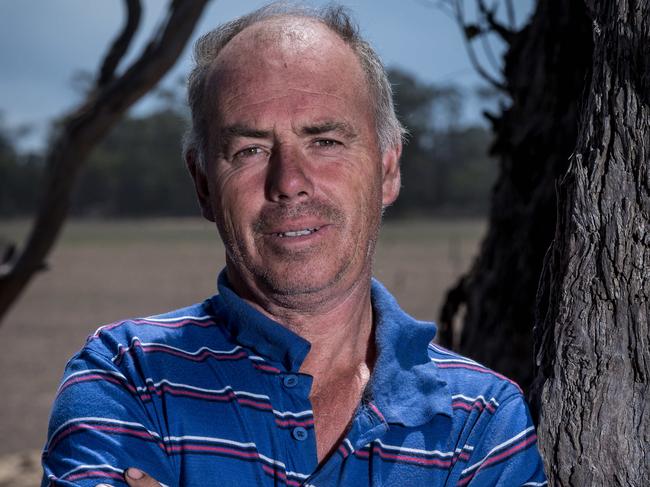Foot and mouth disease: Hopes fade on rollout of EID tags
Hopes of plugging a major gap in Australia’s foot and mouth disease defence are fading with two state farmer organisations failing to adopt a harmonised scheme.
Fears over Indonesia’s foot and mouth disease outbreak entering Australia have failed to drive two of the nation’s largest state farmer organisations to quickly adopt a nationally harmonised electronic identification scheme for sheep and goats.
At the height of the outbreak the nation’s agriculture ministers declared there was an “urgent need” to work with industry towards “mandatory implementation of national individual electronic identification for sheep and goats in each jurisdiction by 1 January 2025”.
But NSW Farmers Association has already been accused of back-pedalling on the rollout, while members of Queensland’s AgForce are investigating using ultra high-frequency electronic ID tag technology, much different to the low frequency tags used in Victoria since 2017.
Victorian Farmers Federation livestock group president Steve Harrison said hopes of establishing “a nationally harmonised” scheme by 2025 were fast disappearing, after speaking to other state farmer organisations during an online meeting last week.
“NSW Farmers haven’t been proactive in this space and Queensland want to see what other technologies are available,” Mr Harrison said.
Mr Harrison said “the last thing we want is two different systems with different readers, which is not going to benefit anyone”.

Last month NSW Farmers Association sheepmeat committee chair Jenny Bradley said producer support was conditional on a staged rollout over five years that delivered financial assistance for farmers to invest in the technology and delivered affordable tags.
“The people pushing this reform need to remember that farmers produce food and fibre for people, and any move that reduces production will drive up prices for consumers,” she said.
Meanwhile in Queensland incoming AgForce sheep, wool and goats board president Stephen Tully is advocating the state investigate UHF tags and scanners, which he said had a range of up to 8m, compared to less than a metre for LF tags used in Victoria.
“We’ve had all sorts of pushback on this technology,” Mr Tully said.
He said UHF was cheaper than Victoria’s LF technology, given he bought a UHF scanner and 100 tags online for $300, compared to an LF panel scanner costing more than $6000.
Mr Tully said UHF’s greater range meant it was being used by AWEX on wool bales, by banana growers to track bunches, while libraries across the world used them to scan shelves of books.
As for harmonisation, he said scanners were available that could read both UHF and LF tags.




